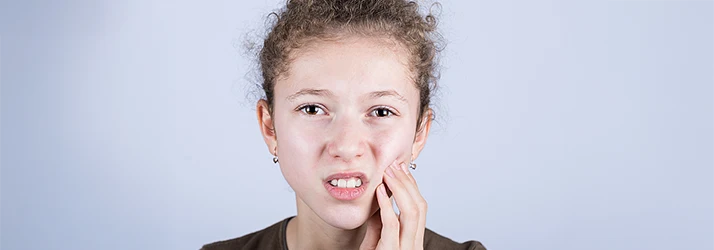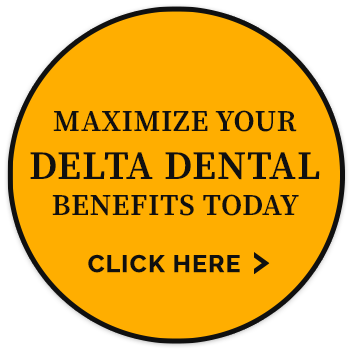How to Manage Lip and Cheek Bites After Dental Anesthesia

At Campbell Pediatric Dentistry, your child’s comfort and recovery are just as important to us as the procedure itself. If your child received local anesthesia during their appointment, it’s essential to keep a close eye on them as the numbness wears off. One of the most common post-visit concerns in Campbell CA and Los Gatos CA? Accidental lip or cheek bites. Don’t worry—most cases are minor and easy to manage with the right care.
Why Lip and Cheek Injuries Happen After Anesthesia
Local anesthesia is used to numb the treatment area and prevent discomfort during dental procedures. As helpful as it is, it also causes temporary numbness in surrounding areas like the lips, cheeks, or tongue. Because your child may not feel these parts of their mouth, they might chew or bite them without realizing it—especially if they’re hungry, bored, or exploring the strange numb feeling.
What to Expect After Local Anesthesia
Once the numbing agent begins to wear off—usually within 2 to 3 hours—your child might describe a tingling, swollen, or “funny” sensation in their mouth. It’s important to encourage them not to touch, rub, or bite the numb area, even if it feels weird or uncomfortable.
Sometimes, a minor bruise or hematoma can form at the injection site due to tiny blood vessel damage. This may appear as a bluish or yellowish spot on the cheek and usually fades on its own within a week or two.
How to Prevent Lip and Cheek Trauma
Want to help your child avoid accidental biting while they’re still numb? Here are a few simple tips:
- Skip chewy or crunchy foods: Stick with soft options like yogurt, applesauce, scrambled eggs, smoothies, or mashed potatoes.
- Avoid anything acidic or spicy: Tomato-based sauces, citrus juices, or spicy snacks can sting irritated tissues.
- Hold off on solid meals: Wait until your child has full sensation back before offering anything they need to chew thoroughly.
- Supervise closely: Gently remind your child not to suck, chew, or poke at their lips or cheeks.
If a Bite Happens, Here’s What to Expect
Even with the best precautions, bites still happen—and when they do, they can look dramatic. Here’s what’s normal:
- Swelling and redness typically show up within 24 hours.
- A soft scab or ulcer may form by day 2 or 3. It may look yellowish-white and slightly raised—that’s just part of the healing process.
- Mild pain or discomfort can be managed with children’s Tylenol® or Motrin® as needed.
- Healing usually takes 10 to 14 days without any special treatment or antibiotics.
- Continue regular brushing, but be gentle around the injured area.
When to Call Our Office
While most soft tissue bites heal on their own, keep an eye out for signs that something more serious might be going on. Call our office if:
- Swelling gets worse after 48 hours
- There’s visible pus or unusual drainage
- Bleeding doesn’t stop after the first day
- Your child still has pain or discomfort two weeks later
We’re here to support you at every step. If something doesn’t look or feel right, don’t hesitate to contact our team.
We’re Here to Help with Post-Visit Care
Your child’s recovery is our priority. At Campbell Pediatric Dentistry, we’re always available to answer questions, offer tips, or take a closer look if something feels off. A little care goes a long way when it comes to healing—and we’re just a phone call away if you need us.
Have questions? Give us a call today—we’re here to help your child heal comfortably and confidently.
Campbell Pediatric Dentistry
476 E Campbell Ave Suite A
Campbell, CA 95008
Los Gatos Kids Dentistry
15595 Los Gatos Blvd Suite C
Los Gatos, CA 95032



